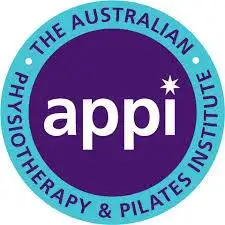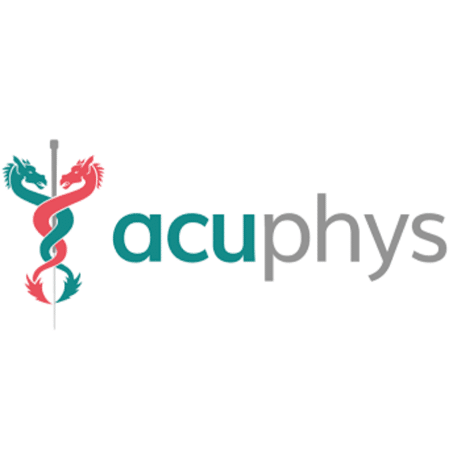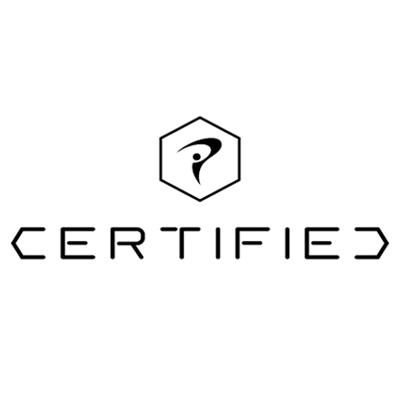Manual Therapy
At JL PhysioFit we are experts in manual or ‘hands-on’ therapy, and really enjoy this side to our work with patients. The power of touch, feel and guidance through hands on techniques allows us to assess and treat to a high standard..
Manual therapy, although a big part of how we treat, is only ever one part of the overall treatment programme, with exercise rehabilitation and patient education also at the heart of how we work with patients.
We believe strongly in a tailored approach specific to your situation and what you are looking to achieve. Each treatment programme is designed as such and always following an initial and thorough physio assessment.
What is Manual Therapy and What Does it do?
Manual therapy is the term used for any hands-on treatment used by the clinician. It helps to:
- Restore normal tissue length.
- Improve joint range of movement.
- Identify and facilitate correct muscle firing patterns.
- Modulate pain.
- Aid relaxation.
- Assist the reduction of swelling and inflammation.
- Reduce stress levels
Types of Manual Therapy we use...
1) Joint Mobilisations
Skilled passive movements applied at varying speeds and depths are performed by the clinician to a patient’s joint with the aim of restoring movement, nourishing the joint and reducing pain.
Within the spine we have facet joints which afford us the ability to bend and rotate however, as they are highly enriched with nerve fibres, when we expose them to prolonged pressures such as with sustained sitting, they can become painful. Joint mobilisations are an excellent way to reduce these pain-sensitive structures.
There are 5 grades of mobilisation and the clinician will talk you through the appropriate one for your condition. Grades 1 and 2 are generally used for pain modulation, whilst 3 to 5 are more targeted at joint stiffness.
2) Trigger Pointing
Trigger points (TrP’s) are referred to as hyperirritable (sensitive) nodules located within taut bands of skeletal muscle fibres. In essence, they are very small (size of a pea or less) areas of densely packed muscle fibres that sit within the muscle bellies and we all have them.
In the main, we have what’s called latent TrP’s and active TrP’s. It is thought that latent TrP’s lie dormant causing no acute or immediate pain but may still contribute to dysfunction, whereas active Trp’s act as an immediate source of pain.
TrP therapy aims to reduce the sensitivity of these points through the use of sustained pressure or movements to the area identified by the clinician. TrP’s can also be treated using Acupuncture and Dry Needling.
3) Soft Tissue Mobilisation (STM)
Soft tissues are structures other than bone and include muscles, ligaments, tendons and fascia (connective tissue). STM aims to restore dysfunctional soft tissues back to health through easing tightness within muscles, increasing blood flow to fascia and assisting the breakdown of adhesions and scar tissue.
Techniques include:
- Trigger pointing
- Sports massage
- Muscle Energy Techniques (MET’s)
- Acupuncture
4) Sports Massage
Sports massage is a form of treatment that aims to mobilise deep tissues helping to reduce muscle tension and restore optimal tone and length. Despite the name, sports massage is a highly effective treatment for everyone, not just athletes or sportspeople.
Fatigue in muscles, whether it be from a tough sporting event or maintaining a poor posture through desk work, can contribute to dysfunction if not addressed. Over time this can lead to our bodies becoming more susceptible to picking up niggles and injuries so sports massage can be an excellent option to help maintain our bodies.
The benefits of sports massage include:
- Better muscle function by improving circulation and restoring chemical imbalances
- Improved lymphatic drainage and circulation
- Reduced pain and swelling
- Optimal pre-event preparation
- Improved post-workout recovery rate
For more information, please go to our Sports Massage page
5) Taping and Strapping
Taping and strapping techniques involve the specific application of tape to a joint or muscle with the aim of providing support and relief to that area of the body. It is therefore very effective in not only helping to relieve pain but also encouraging faster rates and better conditions for healing.
Taping is used for acute problems including sprains and strains, as well as the more chronic conditions associated with poor postures. Taping is an excellent adjunct to treatment and may last up to a week, thus facilitating the work done by your physio in the session. You will be advised on the type of tape and technique that is best suited to your problem.
6) Exercise
We use touch and movement to guide people through exercise rehabilitation and it forms an essential part to any robust and successful physiotherapy programme. By facilitating movements with patients, we are better able to convey how they should be doing the movements and what they should feel.
For more information on exercise and rehabilitation please head over to our PhysioFit Rehab Programmes page
Testimonials
What Our Clients Say





